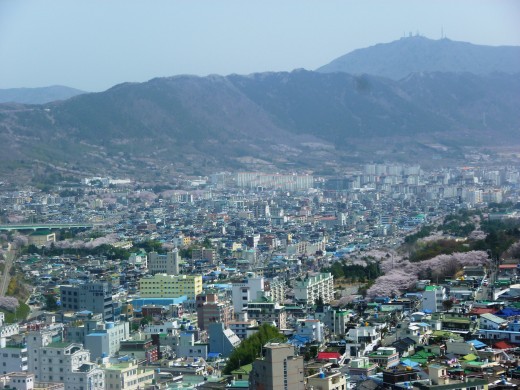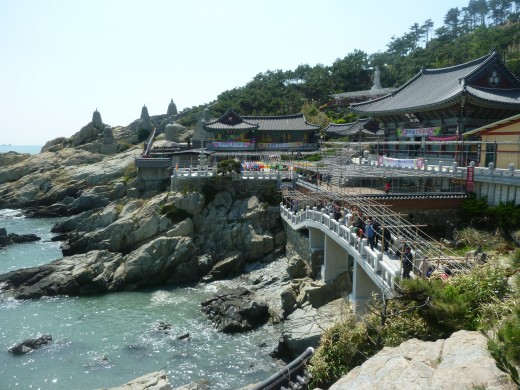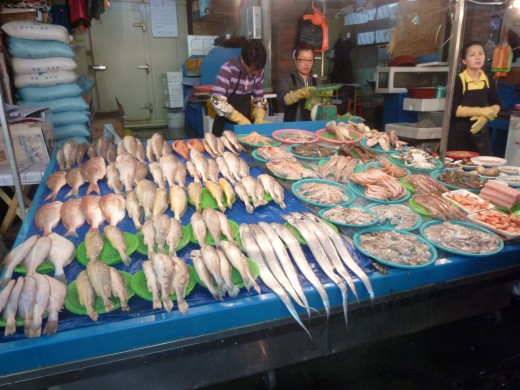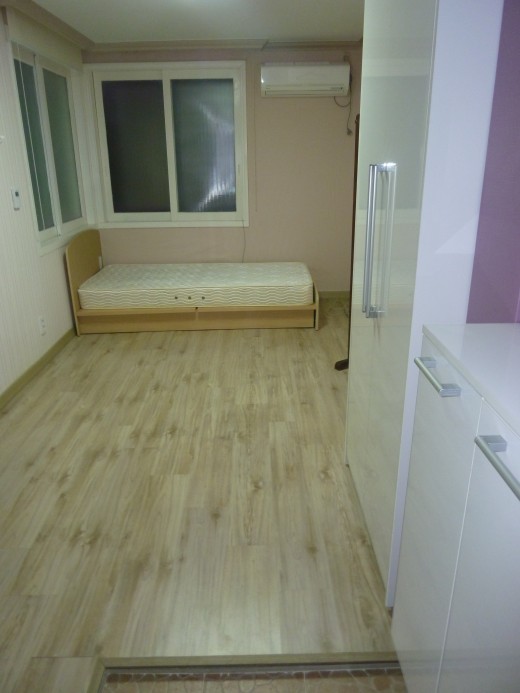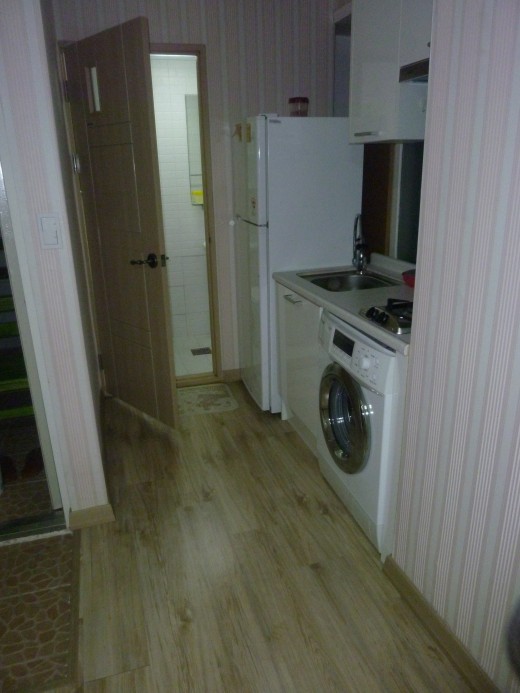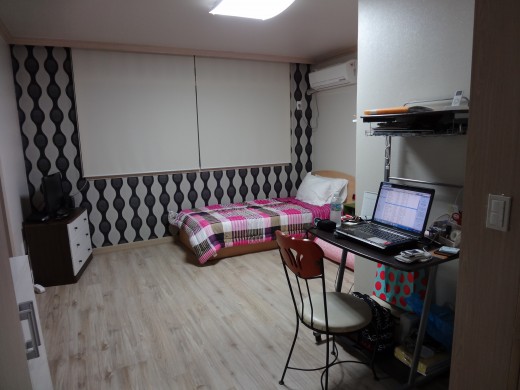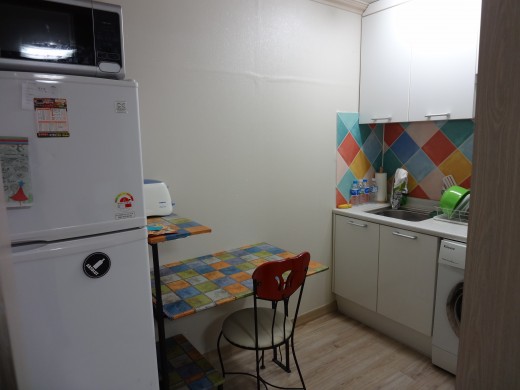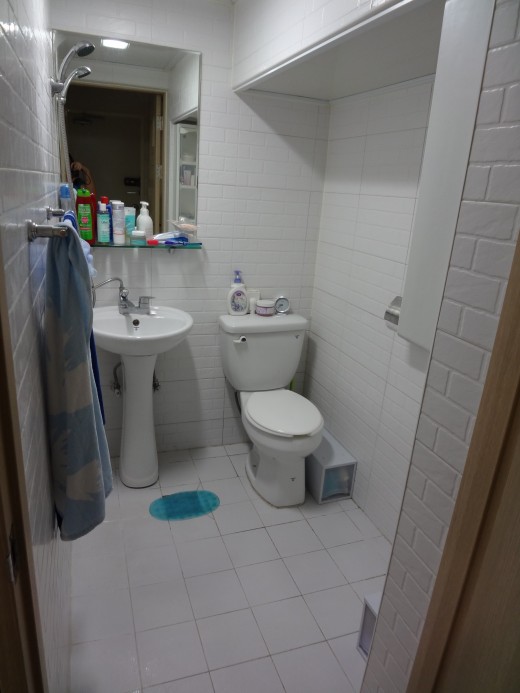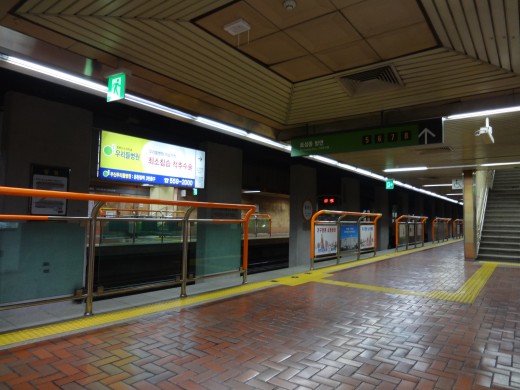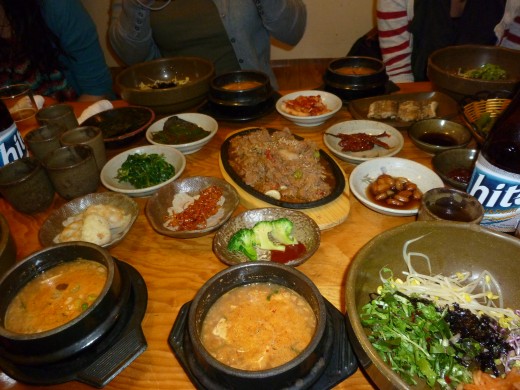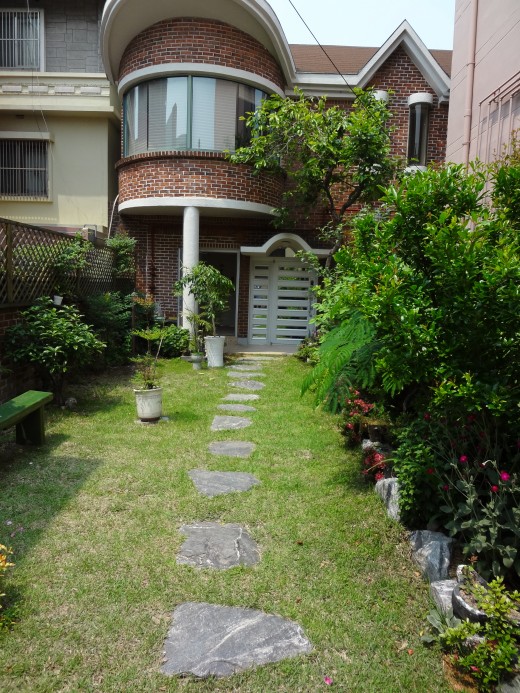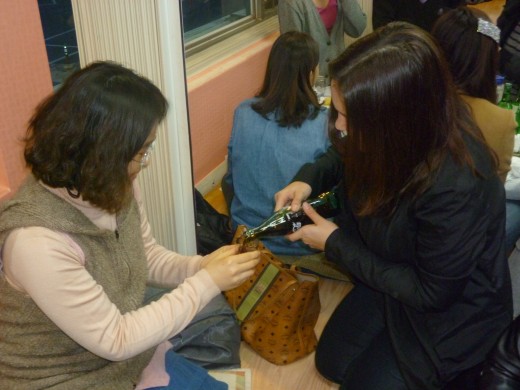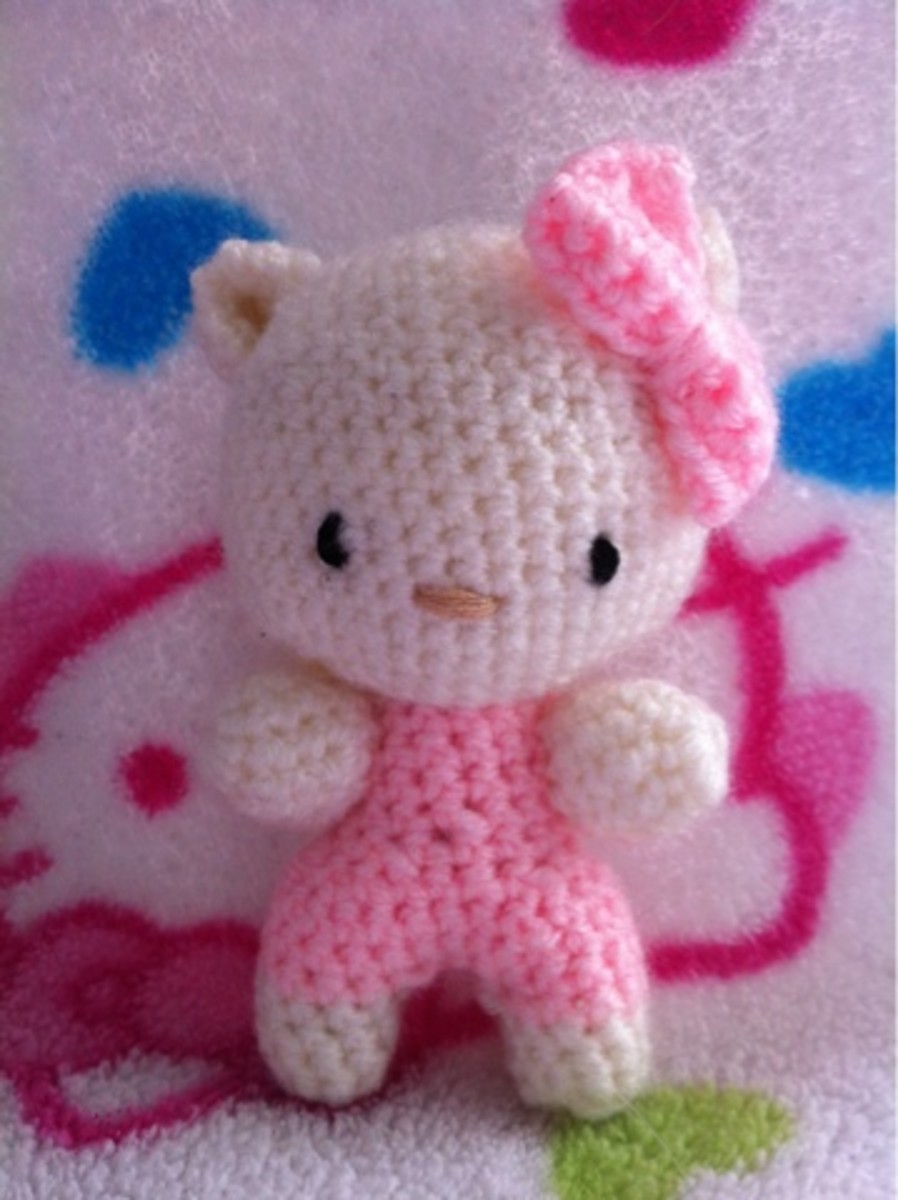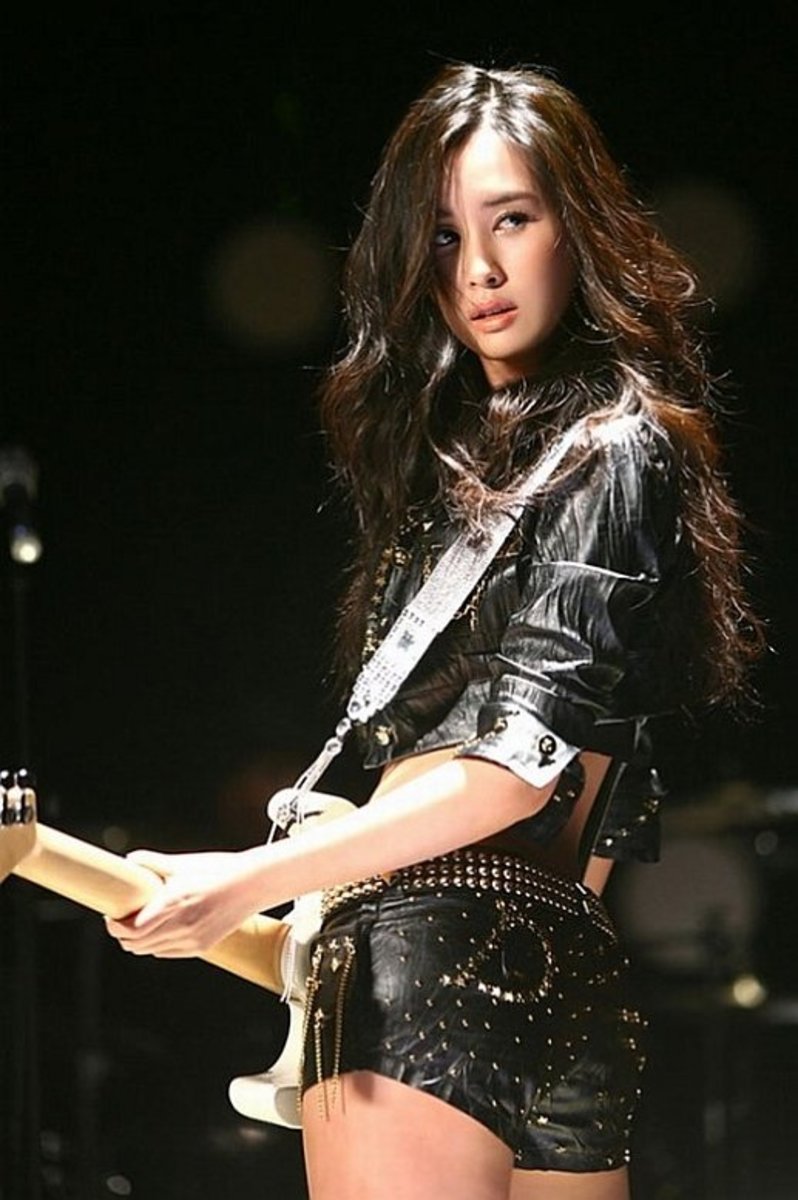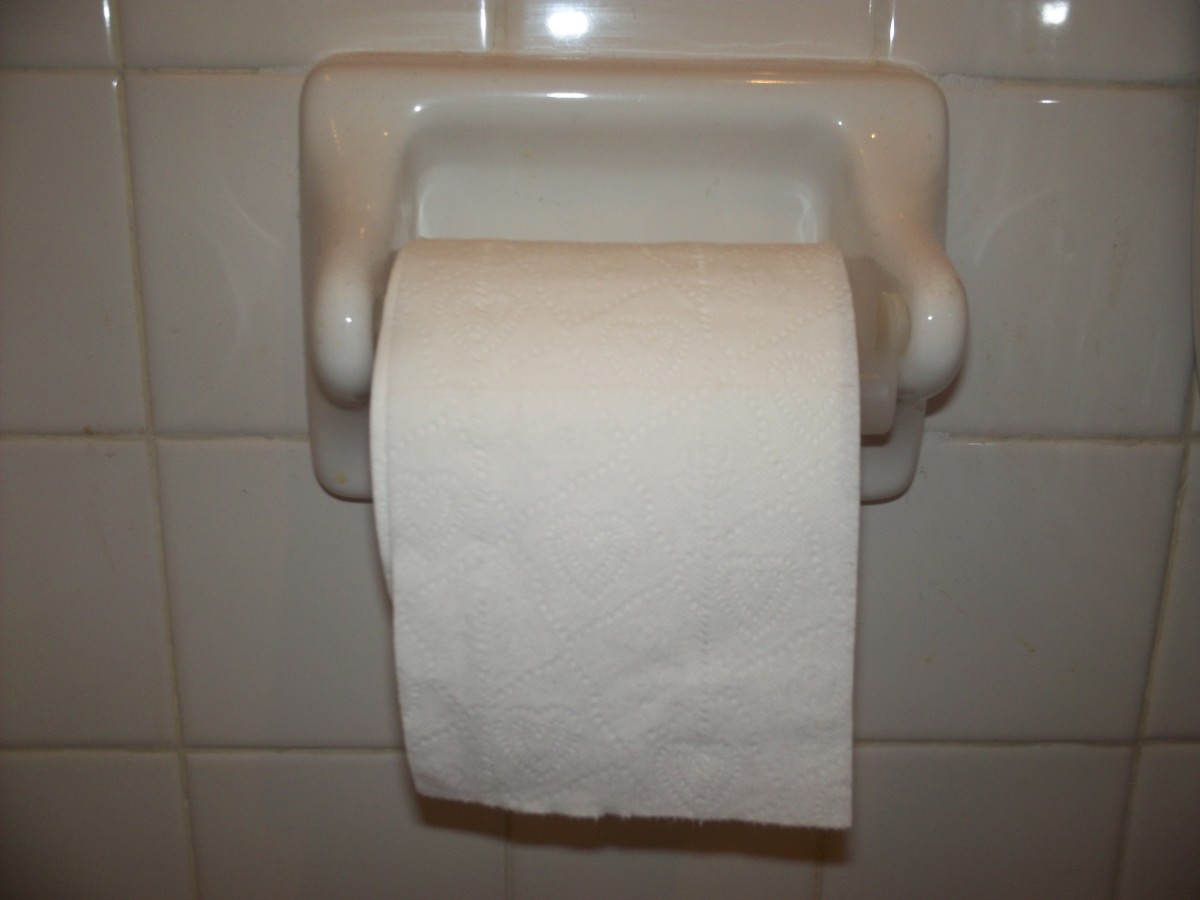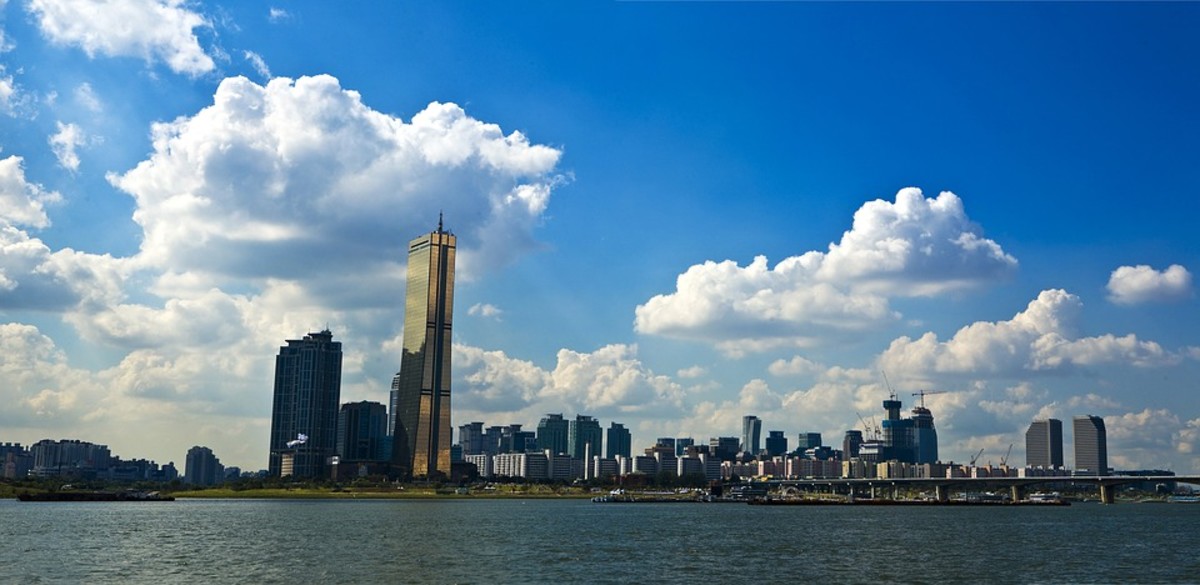- HubPages»
- Travel and Places»
- Visiting Asia»
- Eastern Asia
Living Experience in South Korea while Teaching













I have to admit there was definitely some culture shock when coming to Korea. I remember boarding the plane from JFK and wondering if I was doing the right thing. Culture shock started to slip in when I was at the airport in JFK and I was only 1 of the 3 non-Asians sitting at that terminal. You definitely start to wonder if this was the right choice for you and how your going to handle living in a completely new environment, surrounded by people who mostly do not speak English.
When I boarded the 2nd plane going from Hong Kong to Busan, South Korea, I was starting to see a few more "foreigners". Living in Korea you begin to use the term "foreigners" for anyone who's not Korean. We were met at the airport by some EPIK employees and were taken on a bus to your orientation location. There we spent 1 week at orientation learning about Korean culture, classroom management, teaching skills, and more. I think orientation was great for meeting more people in my situation as well as learning more about Korea and what I was in for.
EATING
I think the first thing that hits you the hardest is that you aren't served forks or knives at restaurants. You are given chopsticks and a spoon. Talk about quick learning. Thankfully I had a friend who was able to show me how to use the chopsticks. For the first week I would say, the chopsticks were hurting my fingers and my hand would feel cramped after eating with them. Now, I wouldn't say it's natural yet but I'm definitely a lot more used to eating various foods with them. It's not considered rude to stab your food and eat it off of the chopsticks, so you can do that with some things. I've seen Koreans do that with fruit a lot (like cut up apples and such). It's perfectly acceptable to use a spoon when eating rice and bibimbap (see the picture above to see what bibimbap is).
When going out to eat with a Korean, in their culture sharing is the way to eat with their friends (and I'm assuming family as well). You should choose 1 or 2 meals together and then share them. Leave them in the center of the table and take from there. Don't be surprised if you're out to eat with someone and order a drink and it comes with two straws. They expect that you'll be sharing everything you order. Someone usually picks up the tab as well. I have never gone to eat with my co-teacher where we split the tab. Either she pays or I pay. That seems to be the way it works. If your co-teacher comes to work one day with a coffee or something else for you, then the next time you should do the same for him/her.
Food waste is discarded separately from all other waste. Korea is very big on recycling, so when you are living in your apartment, you should put plastics, cardboard, and such in separate piles. Each apartment complex has a place to put food waste. What I do is keep a large ziploc bag in the refrigerator and put all of my food waste in it. When it gets full, I take it out and dump all of the waste into the food waste bin outside of the apartment building. When you eat lunch at school they have a large garbage looking container for you to put your remaining lunch into.
DRINKING
Drinking alcohol is socially accepted and you will definitely smell and see plenty of drunk people around the city at night or on the subway. Usually the ones that stand out the most are older Korean men. Be aware that older, drunk, Korean men are more likely to approach you (if you are a woman) and try talking to you in English. I've had that happen to me one too many times and it is not a comfortable situation. My advice is to just try your best to walk away. Do not engage in a conversation with them. I know it's hard but you'll be happy you did. Also, it is very common for schools to take you out for dinner and everyone will drink. Be sure to pour your principal and vice principal shots of soju and offer it to them. My co-teacher told me that that is the polite thing to do. First, it is important that you start with the principal. The higher the status, the more important it is. You hand them a shot glass with two hands, then bow your head a little and with two hands pour the shot (you can see the picture above of me doing this with one of the other teachers in the school). One hand on top of the soju bottle holding it and the other hand touching underneath the bottle. It is not frowned upon for you to get drunk with them. I drank so much that night that I don't remember going home! haha. The next day everyone was very happy to see me. So, don't worry about being shy with alcohol.
Just so you know, soju is a very popular drink of choice here. Soju is rice liquor and you can find it in just about every convenience store or supermarket. It costs about 1,000 won (~$1) a bottle and it can definitely get you rather tipsy fast. When you go out to dinner with co-workers you will probably see at least 1 bottle of soju and 1 bottle of beer at every section of the table. There will usually be shot glasses to accompany them.
BOWING
Your first day meeting people from your school (likely your principal, vice principal, and co-teacher) you will discover how important it is to bow when saying hello. When you meet someone of importance or say hello to them, it is important to bow at 45 degrees with your hands placed on the front of your stomach. Their "Hello" is "Anyounghaseyo", pronounced Ahn-young-ha-say-yo". So, when you bow you say this at the same time. When greeting people in the hallway you can just sort of nod your head and say the same thing. You will find that when entering grocery stores and such, a greeter will sometimes bow to you and say hello.
LEARNING KOREAN
I wouldn't say that learning Korean is a necessity but I would say that learning the Korean alphabet will help you A LOT. I taught myself to read the letters within the first month and a half of living here. I just kept comparing signs and picking out the letters that I knew. I made a point to try a new one the next time. Eventually, I was reading all of the letters. You'll find that once you learn how to read Korean, a lot of words are English words sounded out with Korean letters. For example: 크리스탈 is my name in Korean. It is spelled Keu-ri-seu-tal (Crystal). A big place that you will notice that is at restaurants. If you go to a pizza restaurant, for example, a lot of the toppings are English words spelled out in Korean.
BATHROOMS/HOUSING
Another big one is the fact that most Korean bathrooms contain the shower head above the sink or somewhere else in the bathroom and it is not separated by a door. Therefore, you shower in the same space as you use the toilet and the sink. I believe that is the main reason or at least one of the reasons why Korean's use bathroom slippers, so you're not walking on a wet floor. In the three bathrooms that I have had between orientation, my first apartment, and my current apartment, this was the bathroom setup. The knob on the sink turns the water from either coming out of the faucet or the shower head.
Along with showers being different, let's not forget about the fact that the toilets are different, too. Korean toilets are "squat" toilets. There is a bowl shaped toilet in the ground in the stall. You squat over it to do your business and then you flush. It is very awkward at first but eventually you get a little used to it. You find these toilets in the public bathrooms and schools. Usually the public bathrooms have a few stalls that contain western style toilets. Be sure to try to carry around toilet paper with you, or tissues, at all times. The way it works in most, not all, but definitely most public bathrooms are that you walk in, find the toilet paper roll that is hanging somewhere in the common area of the bathroom, take as much toilet paper as you think you'll need, and then you bring it into the stall with you. A lot of public bathrooms run out of toilet paper because of this reason. I can't tell you how many times I've gone into the bathroom to find there is no toilet paper. Also, Koreans don't flush their toilet paper down the toilet. There is a bin in the stall with you to put your used toilet paper in. I know, it definitely smells and looks gross, but that's the way it is here.
Some apartments in Korea can be very spacious and nice while others can literally be a room with a bathroom. It mostly depends on the area that you are placed and what the school picks out for you. Obviously some parts of the city are more expensive than others, so you'll end up with a smaller place due to cost. I am located 20 minutes away from the main downtown area, in not such a great location, and even still my first apartment I was placed in was VERY small. It was a room, with an out-of-the-wall closet, a small bathroom, a refrigerator, 2 cabinets, 2 stove tops, and a washer machine. They tend to put the washer machine (for your clothes) under the stove. Speaking of which, I do not have a clothes dryer, nor do I know anyone that has one. Most people hang their clothes up to dry, which I learned from experience works much better if you have a fan blowing on your clothes. My clothes used to take up to 3 days to dry on the rack but now that time is cut down to about a day or a day and a half. If you look above at the pictures, you can see a picture of my first apartment and a picture of my second apartment. They are 50,000 won in difference but as far as comfort goes, a HUGE difference. The apartment next door to mine had opened up and I asked my school if I could move in there. Because the new apartment was 50,000 won over their monthly budget for my accommodation, I have to take care of that myself. It was definitely worth it. Another part of your apartment that takes some getting used to is the floor heater. Well, in my apartment the same controller for the floor heater also controls whether or not my water heats up (for showers or the sink). I know this isn't the same for everyone but it is the case for me. If I turn on the button on the heater, I can control the temperature of the floor and the water. Once I turn it off, I no longer have hot water. The heater is the most expensive thing in the apartment. My AC barely raises my bill regardless of how long I keep it on but the heater on the other hand makes a really big difference in the price of my gas bill. Be careful of how long you keep it running. Electricity is very cheap here so you could save yourself some money by getting a heating blanket.
LACKING SPACIAL AWARENESS
Be prepared to share your personal space with those around you. Coming from America, I have the mentality of giving others their personal space. So, when I first started riding the subway, I couldn't understand why people were sitting right on top of one another. I thought it was strange. Back home, if there was 1 seat open and it was between 2 people, more likely than not you wouldn't sit down. Here, if there is a seat open, it'll be taken. So, be prepared to see people sitting right alongside of one another every time you ride the subway or the bus. The bus. Now, that's another story. There are limited amounts of seats on each bus. The rest of the people have to stand up and hold on to a railing or a hanging handle. The bus drivers do not know how to drive easy. It's like a roller coaster ride every time. The hanging handles are not stationary so if the bus driver is swerving, so are you. I have been on buses that had gotten so packed that I couldn't move anywhere. It's common for the subways to get like that too at prime times during the day, especially in Seoul. Every time I have been to Seoul, regardless of the time of day, the subways were always packed to the maximum it seemed. More on personal space is that people don't usually move out of your way, they walk rather slowly, and I have had people bump into me more times than I can count, even when there was plenty of room to walk around me. I have also had older women push their fingers into my back to hurry me up out of the subway or through the turnstiles. For some reason, to them, that's not considered rude. Me? I had to bite my tongue.
SHOES
When you enter someone's house, you are supposed to take your shoes off. Most places have shoe racks right near the door which is where you will take your shoes off and place them on the rack. The same goes for most traditional Korean restaurants. You slip your shoes off and either leave them in a certain section or put them on the racks. When you enter the school, you are supposed to put your shoes into a cubby and put on "slippers" that are only worn inside the school. When you start your job at the school they will likely ask you to purchase your own slippers. Slippers for school can be sandals (like those Addidas ones) or any type of shoe that you can easily slip on or off. When you leave the school you change back into your normal shoes. I find this very convenient as my slippers are a lot more comfortable than my shoes are. Also, many people here consider feet to be dirty so you should try to make sure you have something on your feet while wearing the slippers. It can be socks or stockings, either is fine. I have gone sock-less before in school and no one as seemed to mind but I have heard of it causing a problem for others. I guess it depends on the people around you at work.
TRANSPORTATION
One great thing about living in Busan is that transportation is readily available. The subway can take you to all major areas of the city and each ride is roughly 1,000 won (~$1.00). The subway maps are in Korean and English which is very helpful. When you go down to the subway all you have to do to know which side to get on is look at the sign and search for a major stop that is in your direction. The buses are very cheap as well. They are about the same price and you can catch them all over the city. The downfall to the buses are that all of the signs are in Korean. Once you learn to read Korean it is easy to know which bus will take you where (although the signs only list the major stops, not all of them). Taxis are everywhere and in my opinion they are also very cheap. Definitely not the cheapest option living here but you can take a taxi for a 20 minute ride and it only costs about 10,000 won (~$10.00). I don't think that's bad since I come from NY and the taxis are very expensive.
Along with transportation around the city, transportation around the country is also great. They have 3 types of trains available to you. The one that is the nicest, the most expensive, and the fastest, is called the KTX. You can take the KTX from Busan to Seoul in 2 1/2 hours for about 50,000-55,000 won (~$50-55). The second fastest train is called the Saemaul. It takes 5 hours to get from Busan to Seoul and costs about 39,300 won (~$39). The third fastest train is called the Mugunghwa, it takes about 5 hours at 15 minutes to get from Busan to Seoul and costs around 26,500 won (~$26). Along with the connections from Busan to Seoul, you can also take these trains to other areas of South Korea.
A FEW MORE CULTURAL NOTES
If you want to call a Korean person over to you, you must call them with your hand facing down. At home, we would call someone with the palm of our hands facing up, but here, that is considered rude. They know it as the way to call a dog over to you. So basically, if you make the "come here" motion with your hand, just face your palm down. It is very awkward at first and does not come naturally (at least for me it didn't). I had to keep adjusting the position of my hand every time for a while. Eventually you'll pick it up and start doing it every time.
In general, Koreans are very conservative. On days that you would think everyone would be in a T-shirt, you will likely not find a single Korean in a T-shirt. Instead, they will all be wearing long sleeves. In the summer, girls tend to wear short shorts or skirts. Sometimes so short to the point that you can see a little too much of their behind. But wearing a low-cut shirt is not seen as acceptable. Don't ask me why that is, I don't get it either. I've been told that showing your shoulders is seen as provocative but I have seen Korean women in tank tops before. I, myself, have worn tube tops and tank tops during the summer.
Something that I thought was very funny to witness in the beginning was seeing Korean couples in matching outfits. Some of them just wear matching shirts, some wear matching shirts and pants, and some wearing matching EVERYTHING. I mean the hats, shirts, pants, and shoes match! I've been told that it's there way of telling people that they are a couple. I've grown a little partial to the matching shirts because I think it's cute but I still think that entire matching outfits are a bit much. Another big thing with couples here are "promise rings". You'll see a lot of jewelry stores advertising them. There are quite a few other things that were surprises for me to see when it came to the couples here. One big one was the fact that a lot of Korean men carry their girlfriend's pocketbook! You would never see that in the U.S., not unless she said "Can you hold this for a second?" haha. The men also hold the umbrella over his and her heads. I think that's really sweet but it's also funny to see since most of the umbrellas here are very girly.
Speaking of "girly", the men here are a lot more feminine (my personal opinion). It's seen as OK for men/boys to hold each other's hand or be affectionate towards one another. You'll see grown men wearing suits and a sparkly pink tie or teenage boys wearing neon purple shoes. You'll see a lot of guys carrying man purses. Rainbows are very big and it seems that rainbow umrellas are a trend here. I've seen many men and women holding rainbow umbrellas. I've also seen men carrying polka-dot umbrellas when they were alone (not holding it over their girlfriend's head). I have to remind myself sometimes that I'm not one to judge. They probably find some things about American culture to be strange. Either way, being over here is definitely a unique experience.
© 2011 CALNY

